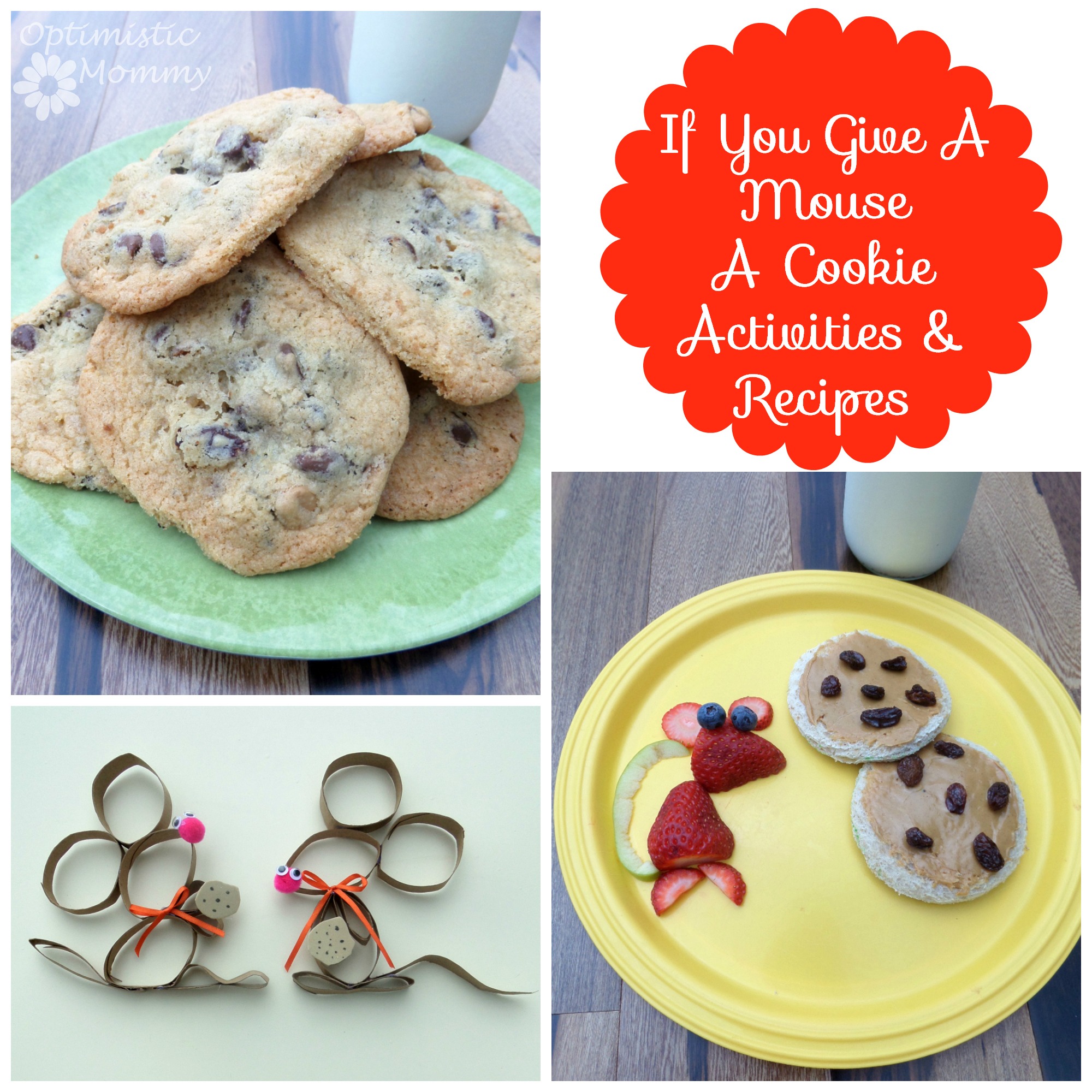

Students will refer to this chart when writing their own "if., then." stories as a reminder of the format to use. You can use some from the story and make up some of your own. Write sample "if., then." statements on chart paper. You should create enough passages so that each student will get a chance to fill in a word using a card. When he's finished giving himself a tr_, he'll want a br_ to sweep up.

Students apply a wide range of strategies to comprehend, interpret, evaluate, and appreciate texts. Among these texts are fiction and nonfiction, classic and contemporary works.ģ. Students read a wide range of print and nonprint texts to build an understanding of texts, of themselves, and of the cultures of the United States and the world to acquire new information to respond to the needs and demands of society and the workplace and for personal fulfillment. This is a great book for children ages two through five.1. At home children will love hearing the story again and again and eventually will enjoy reading the book to themselves from the pictures. Teachers will think of hundreds of activities related to the book and children will love them because they love the story. This story is perfect for at home as well as in a classroom. If You Give a Mouse A Cookie comes with cute illustrations that include an adorable little mouse that children love. Which leads us back to the mouse wanting a cookie. When he sees the refrigerator, he gets thirsty, so the mouse asks for a glass of milk. This is followed by drawing a picture, and then hang the drawing on the refrigerator. After doing all that the mouse wants to take a nap, which of course means he will want a story read to him. He then requests a straw to drink the milk, a mirror to see his milk mustache, nail clippers to trim his hair in the mirror, and a broom to sweep up the hair he cut. The book tells the story of a boy who gives a mouse a cookie, and it is off to the races after that. The fun thing about this book is that it uses methodical logic to solve a silly situation. If You Give a Mouse a Cookie is a lovely children’s book that follows a formula for making a mouse happy.


 0 kommentar(er)
0 kommentar(er)
